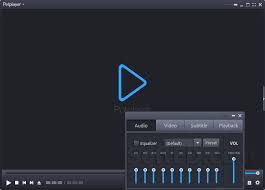The Ethereum co-founder suggested reducing validator signatures to lighten the load and make predicting future loads more accurate.
Ethereum co-founder Vitalik Buterin has proposed a way to reduce the load on the Ethereum
blockchain and make its proof-of-stake (PoS) consensus “considerably simpler and lighter.”
On Dec. 28, Vitalik Buterin proposed a method of reducing the number of signatures that
validators are required to make to keep the network running, thus reducing load.
Ethereum currently supports a very high number of validators, around 895,000, to try to achieve decentralization and allow regular people to participate in staking.
However, supporting this many validators comes with major technical downsides as it requires the
network to process a huge number of signatures, around 28,000 per slot, “which is a very high load,” he noted.
Moreover, supporting this load entails several sacrifices, such as limiting quantum resistance,
complicated forking, and scaling signatures through zero-knowledge proofs (SNARKs), he explained.
It also does not fully achieve the goal of enabling ordinary people to participate, as the 32
ETH
tickers down
$2,374
minimum to become a validator is still too high for many.
Instead of trying to make an ever-increasing number of signatures per slot work,
Buterin advocated moving to a moderate solution with around 8,192 signatures per slot down from the current 28,000.
This would allow major technical simplification, make the chain more quantum-resistant, and still keep the total slashable ETH high at around 1-2 million ETH. Slashing is a mechanism put in place to enforce good validator behavior.
Buterin suggested three potential approaches: relying entirely on decentralized staking pools,
a two-tiered system with “heavy” and “light” staking, and rotating participation with accountable committees.
The proposed solutions aim to reduce the digital signature load to a manageable level.
The key advantage would be setting the future signature load at a manageable level, making protocol and infrastructure development much easier.
“The future load of the Ethereum protocol becomes no longer an unknown,”
he said before concluding that “it can be raised in the future through hard forks,
but only when developers are confident that technology has improved enough to be able to handle a larger number of signatures-per-slot with the same level of ease.”
In May, Vitalik Buterin warned of the dangers of “stretching” Ethereum’s consensus past its core functions of validating blocks and securing the network.
